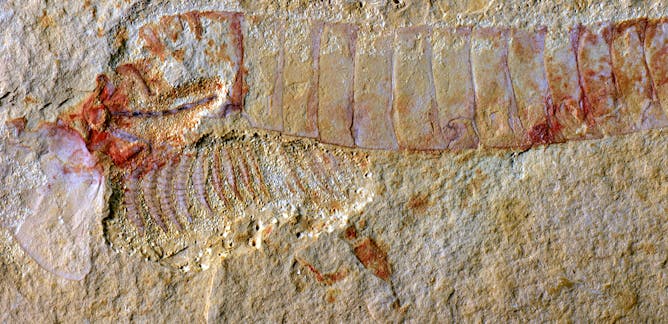
Pomona College

In the desert landscape that was inland Southern California in 1887, it took audacity to imagine “a college in a garden.” Yet far from the ivied halls of the Northeast, Pomona’s founders envisioned “a college of the New England type,” with small classes, close relationships between students and faculty, and a green jewel of a campus. From that beginning, Pomona has grown to be one of the nation’s premier liberal arts colleges. Located in Claremont, Calif., on a campus where ivy and palm trees coexist under habitually sunny skies, Pomona offers an environment for intellectual development and personal growth that is second to none.
Today, Pomona offers its approximately 1,500 students-evenly divided between men and women-a comprehensive curriculum in the arts, humanities, social sciences and natural sciences. With a student-faculty ratio of 8 to 1, students have the opportunity to work closely and collaboratively with professors who are also top scholars in their fields. Students and faculty challenge each other in laboratories, classrooms, and co-curricular activities, and everyone benefits from the energy generated by such an assemblage of sharp and eager minds. Friendships forged among Pomona faculty and students frequently endure far beyond the four years of college.
Few institutions can match Pomona’s ability to combine such intimate qualities as an average class size of 15 with such large-scale resources as a two-million-volume library. As the founding member of The Claremont Colleges, a unique consortium of seven independent institutions on adjoining campuses, Pomona offers its students the personal experience of a small, academically superb liberal arts college and the breadth of resources normally associated with major universities.
Students challenge and learn from one another not only in the classroom but also in daily life. On-campus housing is guaranteed, and few students choose to live anywhere else. The extraordinary ethnic and social diversity of its student body gives Pomona a broader mix of backgrounds than just about any comparable educational institution.
Our location-within an hour of the Pacific Ocean, the Mojave Desert, the San Gabriel Mountains and the city of Los Angeles-informs and shapes daily life at the College. There aren’t many places in the world where you can ski in the morning, play on the beach in the afternoon, and take in a major league baseball game or an opera at night (not to mention the simple joy of wearing flip-flops in the middle of February). But beyond the recreational and cultural possibilities, our location also adds another dimension to the learning experience, with unequalled opportunities for field study, community involvement and internships.
Links
Displaying all articles















